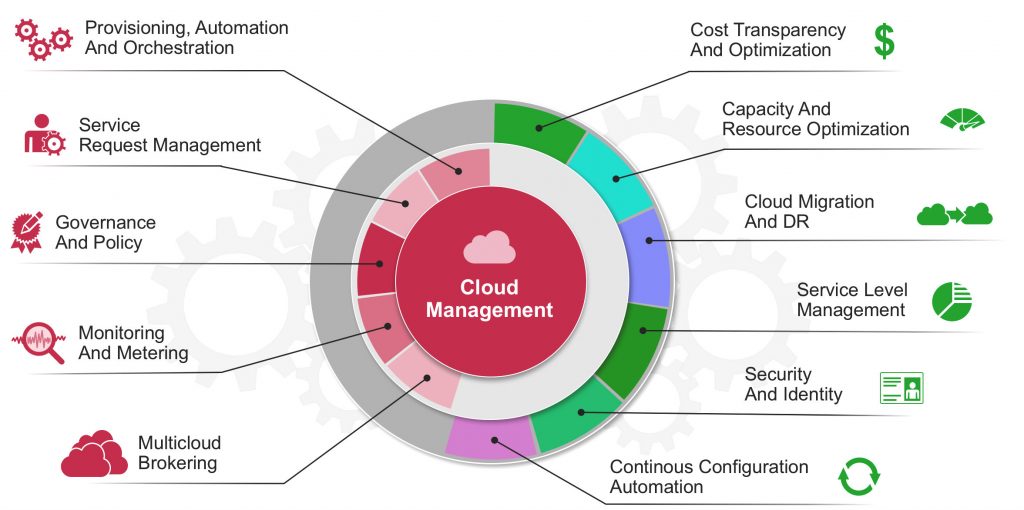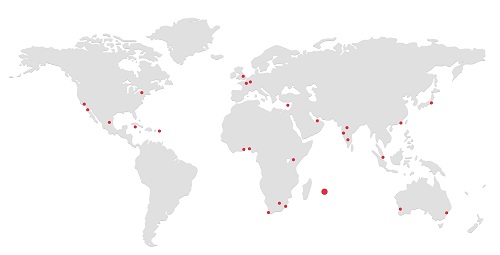As cloud computing gained momentum, Platform as a Service (PaaS) emerged, enabling developers to build, deploy, and manage applications without worrying about underlying infrastructure details. PaaS offerings provided a higher level of abstraction, facilitating faster development cycles and easier deployment of web and mobile applications. Platforms such as Heroku, Google App Engine, and Microsoft Azure App Service became popular choices for developers seeking streamlined application development and deployment.
Furthermore, Software as a Service (SaaS) became a prevalent model, delivering software applications over the internet on a subscription basis. Users could access and use applications like email clients, customer relationship management systems, and productivity tools without having to install them locally. SaaS providers like Salesforce, Google Workspace, and Dropbox became synonymous with cloud-based software offerings, providing convenience, scalability, and seamless updates to users.
The evolution of the cloud continued with the introduction of specialized services to cater to specific needs. Cloud providers began offering services such as database as a service (DBaaS), machine learning as a service (MLaaS), and analytics as a service (AaaS). These specialized offerings allowed businesses to leverage advanced technologies without the need for extensive expertise or infrastructure investments. Companies could now easily store and manage their data, perform complex analytics, and utilize machine learning algorithms to extract valuable insights from vast amounts of information.
Another significant development in the cloud evolution[1] is the rise of edge computing. As the internet of things (IoT) gained prominence, it became necessary to process data closer to its source, reducing latency and enabling real-time decision-making. Edge computing combines cloud computing with localized processing at the network edge, bringing computational capabilities closer to IoT devices. This approach offers faster response times, improved reliability, and reduced bandwidth consumption, making it ideal for applications such as autonomous vehicles, smart cities, and industrial automation.
Security and privacy have also been crucial aspects of the cloud’s evolution. Cloud providers have made significant investments in enhancing security measures, implementing advanced encryption, access controls, and compliance frameworks to protect user data. Additionally, privacy regulations such as the General Data Protection Regulation (GDPR) have influenced cloud services, ensuring user data is handled responsibly and transparently.
Looking ahead, the future of cloud evolution holds even more exciting possibilities. The integration of artificial intelligence (AI) and machine learning (ML) capabilities into cloud services will enable intelligent automation, predictive analytics, and personalized experiences. Quantum computing is also expected to play a significant role, revolutionizing computational capabilities and opening up new avenues for solving complex problems.




















